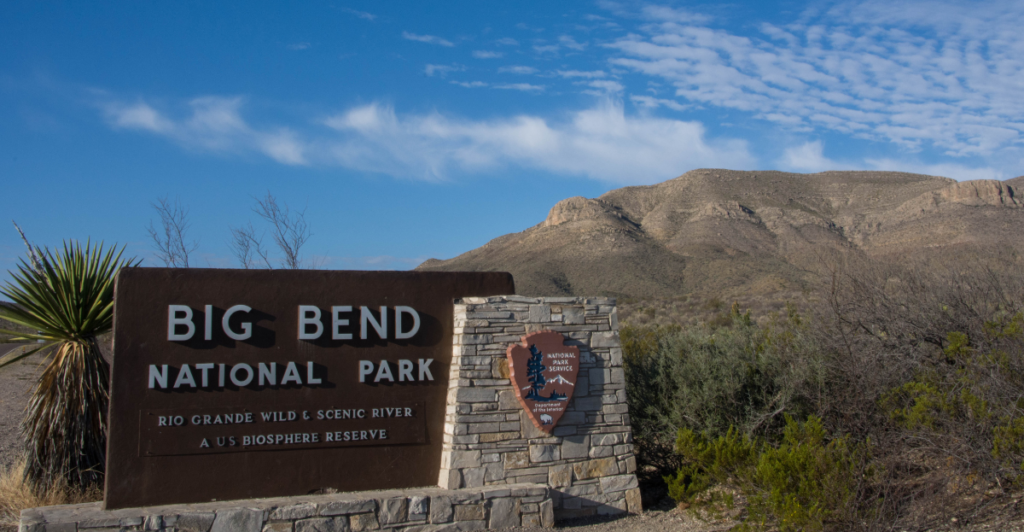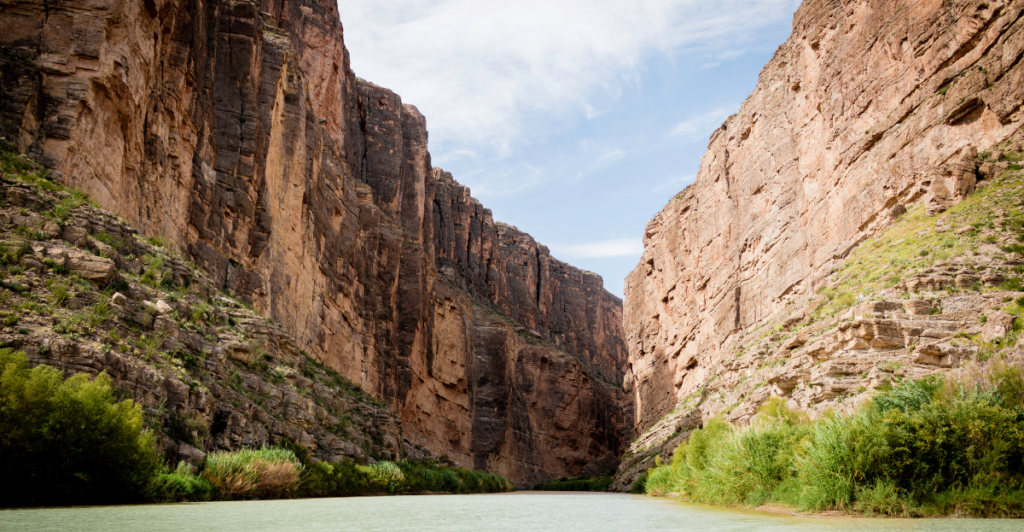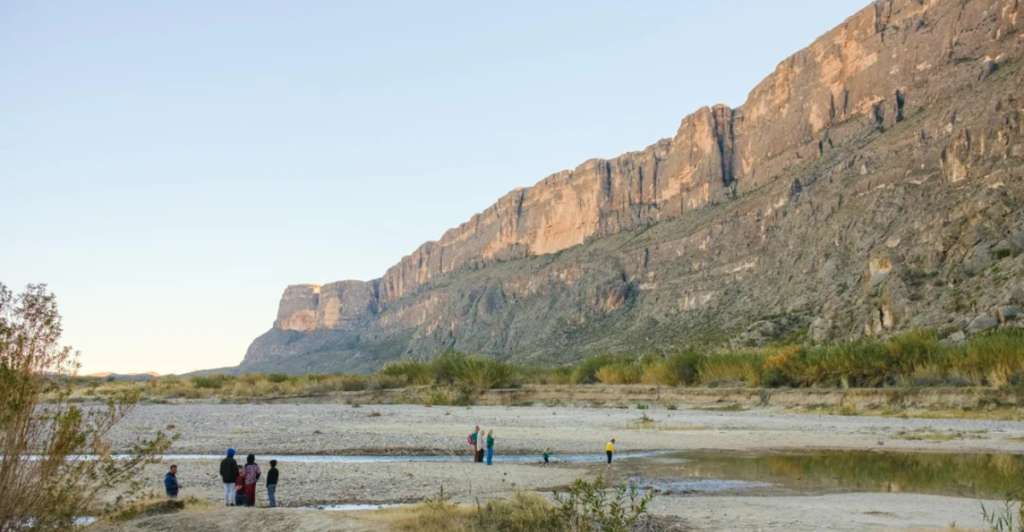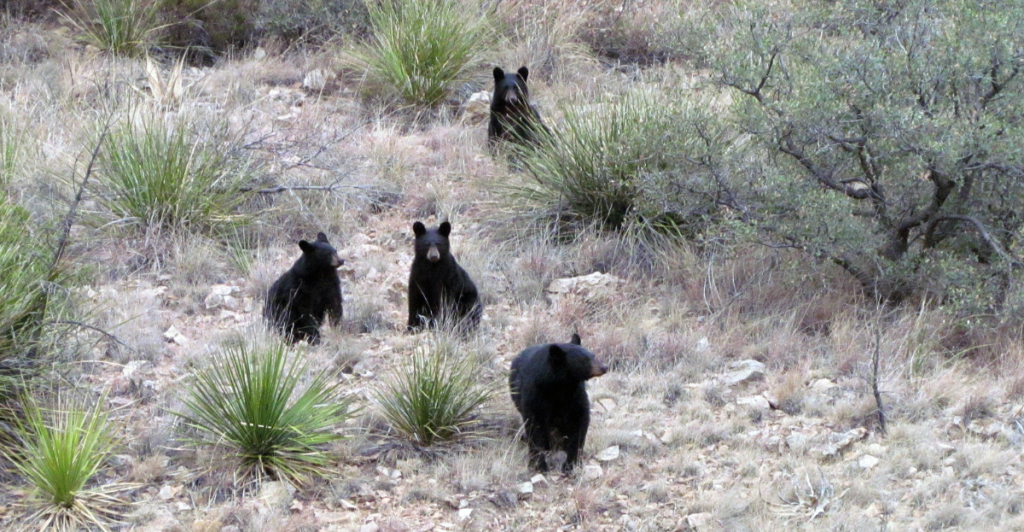
In April 2025, the U.S. Department of Defense announced plans to designate over 90 miles of land along the Texas-Mexico border as “National Defense Areas.” This initiative, authorized by a presidential directive, aims to enhance border security by allowing military control over certain federal lands. Notably, areas near Big Bend National Park and South Texas wildlife refuges are under consideration.
While the exact locations remain undisclosed, the move has raised alarms among conservationists and local communities. They fear potential disruptions to delicate ecosystems, including habitats of endangered species like the ocelot and the desert bighorn sheep.
The Department of Defense asserts that these measures are essential for achieving “complete operational control” of the border. However, environmentalists argue that such actions could lead to irreversible ecological damage. The situation underscores the ongoing tension between national security objectives and environmental preservation efforts in the region.
Big Bend National Park Faces Potential Military Presence

Big Bend National Park, over 800,000 acres along the Rio Grande, is renowned for its diverse ecosystems and recreational opportunities. Recent developments indicate that the park could be affected by the newly designated National Defense Areas.
Military personnel and equipment deployment in or near the park raises concerns about potential impacts on wildlife, visitor experience, and natural tranquility. While the Department of Defense emphasizes the necessity of these actions for border security, park officials and environmental groups advocate for careful consideration to minimize ecological disturbances.
South Texas Wildlife Refuges at Risk

The Lower Rio Grande Valley National Wildlife Refuge and the Santa Ana National Wildlife Refuge are critical habitats for numerous species, including the endangered ocelot and a vast array of migratory birds.
The proposed military zones could encroach upon these refuges, potentially disrupting conservation efforts and wildlife corridors. Environmentalists stress the importance of these areas for biodiversity and urge authorities to assess the ecological implications thoroughly before proceeding with military expansions.
Environmental Impacts of Border Militarization

The militarization of border areas has historically led to environmental degradation, including habitat fragmentation and pollution. Increased construction and human activity can disrupt wildlife patterns and lead to soil erosion and water contamination.
Experts advocate for comprehensive environmental assessments to understand and mitigate these potential impacts, ensuring that security measures do not come at the expense of ecological integrity.
Legal Framework and Land Use Policies

The designation of National Defense Areas allows the military to utilize federal lands for security purposes, often superseding existing land use policies. This can lead to conflicts with environmental regulations and conservation objectives.
Legal experts highlight the need for transparent processes and stakeholder engagement to balance national security interests with ecological protection mandates.
Community and Indigenous Perspectives

Local communities and Indigenous groups residing near the border express concerns about the potential impacts of increased military presence on their lands and way of life.
They emphasize the importance of preserving cultural heritage sites and maintaining access to natural resources. Engaging these communities in decision-making is crucial to address their concerns and uphold their rights.
Economic Considerations and Tourism

Areas like Big Bend National Park contribute significantly to local economies through tourism. Introducing military zones could deter visitors, affecting businesses reliant on park tourism.
Balancing security measures with economic interests requires careful planning to ensure that local livelihoods are not adversely impacted.
Conservation Efforts and Wildlife Protection

Conservationists have invested considerable resources in protecting endangered species and restoring habitats in Texas border regions. Military activities could undermine these efforts, leading to setbacks in conservation progress.
Collaborative approaches between military authorities and environmental organizations are essential to safeguard wildlife while addressing security concerns.
Historical Context of Border Security Measures

The use of federal lands for border security is not unprecedented. Past initiatives have included the construction of barriers and surveillance infrastructure. These actions have often sparked debates over their effectiveness and environmental consequences.
Understanding the outcomes of previous measures can inform current strategies to achieve security objectives with minimal ecological disruption.
Path Forward: Balancing Security and Conservation

As plans for National Defense Areas progress, stakeholders advocate for a balanced approach that considers security imperatives and environmental stewardship. Implementing thorough ecological impact assessments, engaging with local communities, and exploring alternative security measures can help mitigate potential adverse effects.
Ongoing dialogue and collaboration among government agencies, conservationists, and residents are vital to ensure that border security enhancements do not compromise Texas’s rich natural heritage.
Explore more of our trending stories and hit Follow to keep them coming to your feed!

Don’t miss out on more stories like this! Hit the Follow button at the top of this article to stay updated with the latest news. Share your thoughts in the comments—we’d love to hear from you!







